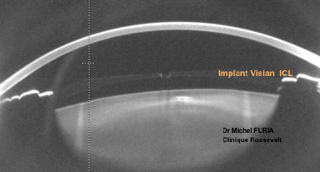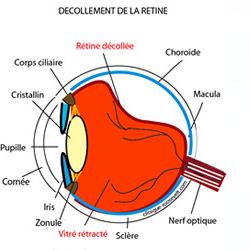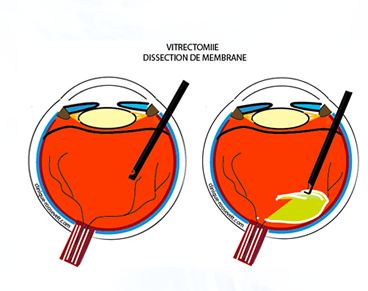http://bacannales.fr/tag/bac-pondichery-2012/.git/HEAD When to operate cataract?
Jiaojiang When the vision diminishes,
When the visual acuity and / or contrast sensitivity decreases,
If there is a difficulty in distance vision or reading,
When there is an inconvenience linked to the diffraction of light,
Before stopping activities that require some level of vision (driving, sports, leisure …)
Warrensburg Who operates you?
It is the surgeon that you saw during the consultation.
– Severe Myopia (clear lens)
Myopia may range from-0.25 to -50.diopter
Severe myopia ranges from -10 to -50 diopters
The higher the degree of myopia, the more we observe anatomical changes (extension of the eyeball with major consequences on the internal structures of the eye (choroid, retina, vitreous) that are stretched and distorted).
Beyond a certain degree of myopia, the Excimer laser can no longer be used as it diminishes the corneal thickness.
The lens can be replaced and in this case there is no power limit since the power of a monofocal implant can be chosen. In some cases, the clear lens can be removed and a multifocal implant can be placed in the sac. It will allow a near and far distance vision.
Dislocation / ectopia of the lens
(see Refractive surgery)
Myopia
Hyperopia
Astigmatism
Presbyopia
Presbyopia by corneal surgery
Techniques:
– Lasik
– PKR
– Epilasik (Photo Refractive Keratectomy)
– Lasek

These implants are used in order to offset high refractive errors. Anterior chamber implants (clipped to the iris) or posterior chamber implants (between iris and lens) can be used.

Transfixing keratoplasty
Lamellar keratoplasty
Anterior lamellar
Posterior lamellar
Endothelio-Descemet’s transplantation (DSAEK), thin or ultra thin.
Cross-linking


Retinal detachment:
Age Macular Degeneration
Diabetic Retinopathy
Pre-retinal membranes
Retro-retinal membranes
Retinal vein occlusionretine3
Techniques:
Vitrectomy
Laser endophotocoagulation
Dissection of membranes
Drug injections

Techniques :
Laser and surgery
Iridectomy
Iridotomy
Plasty of the iris
Anomalies of the iris
Définition :A disorder in which the eyes diverge or converge.
Treatments: Eye realignment by vision therapy, occlusion in children, surgery.
Intervention : Moving the insertions of extraocular muscles or shortening of the muscles.
Note: When the rehabilitation methods are not sufficient.
Results: Very good if both eyes have a similar vision.
Organization:
Refractive balance,
Orthoptic checkup,
Anesthesia consultation,
Ambulatory surgery,
Usually an orbital local anesthesia
Intervention on one or both eye muscles at the same time if the deviation is significant. Further intervention is possible.
Refractive procedure can be done to rebalance the eye if the difference is significant.

